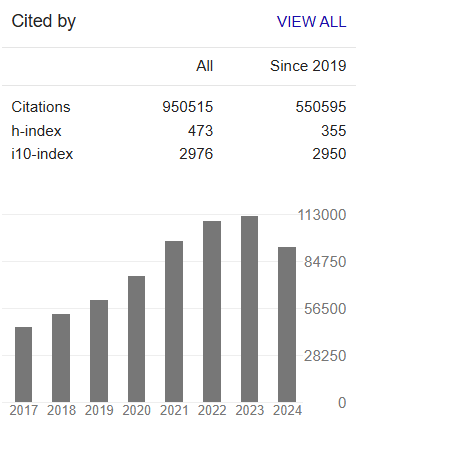The Rain Forest Environment and Oil Palm Fatal Yellowing
Abstract
Renata Cristina Martins Pereira, Edson Ampelio Pozza, Nubia Maia e Sa, Antonio Eduardo Furtini Neto, Ade-lia Aziz Alexendre Pozza, Sidney Vasconcelos do Nascimento, Humberson Rocha Silva, Roberto Lisboa Cunha, Marcelo Murad Magalhaes, Rafael Borges Valadares and Julia Marques Oliveira
Oil palm produces the most consumed vegetable oil in the world. In addition to being economically viable and having multiple uses, the crop has a strong ecological appeal, given its high level of carbon sequestration, its low environmental impact, and a low mechanization level in the harvest process, generating income and financial sustainability for the inhabitants of that biome. However, despite the large areas suitable for cultivation in harmony with the forest in Brazil, oil palm production has been limited by a disease known as fatal yellowing (FY). In 30 years of research to determine the causal agent of this disease, many epidemiology studies with insects and plant pathogens have been performed, but there is no consensus on its cause. Abiotic factors have also started to be considered a possible cause of these symptoms. Therefore, to clarify the relationship of this disease to environmental variables, we studied the nutritional status of the plant, the soil class and fertility, the climatic variables and attempted to verify the set of proteins with higher levels in diseased palms showing FY symptoms and healthy palms. FY occurred under constant rain and in clay soils; consequently, the roots of these palm trees suffered anoxia, which caused nutritional problems and the increase in levels of stress-related proteins. Under these conditions, the usually observed symptom was yellowing, which can lead to the death of the plant, giving the disease its name. In other words, the symptomatic picture is not associated with only a biotic cause. Thus, a pedological survey of the area, planting in soils not subject to waterlogging or with good drainage conditions, and the correct maintenance of soil fertility and plant nutrition may certainly contribute to the management and reduction of fatal yellowing without the use of agrochemicals.



